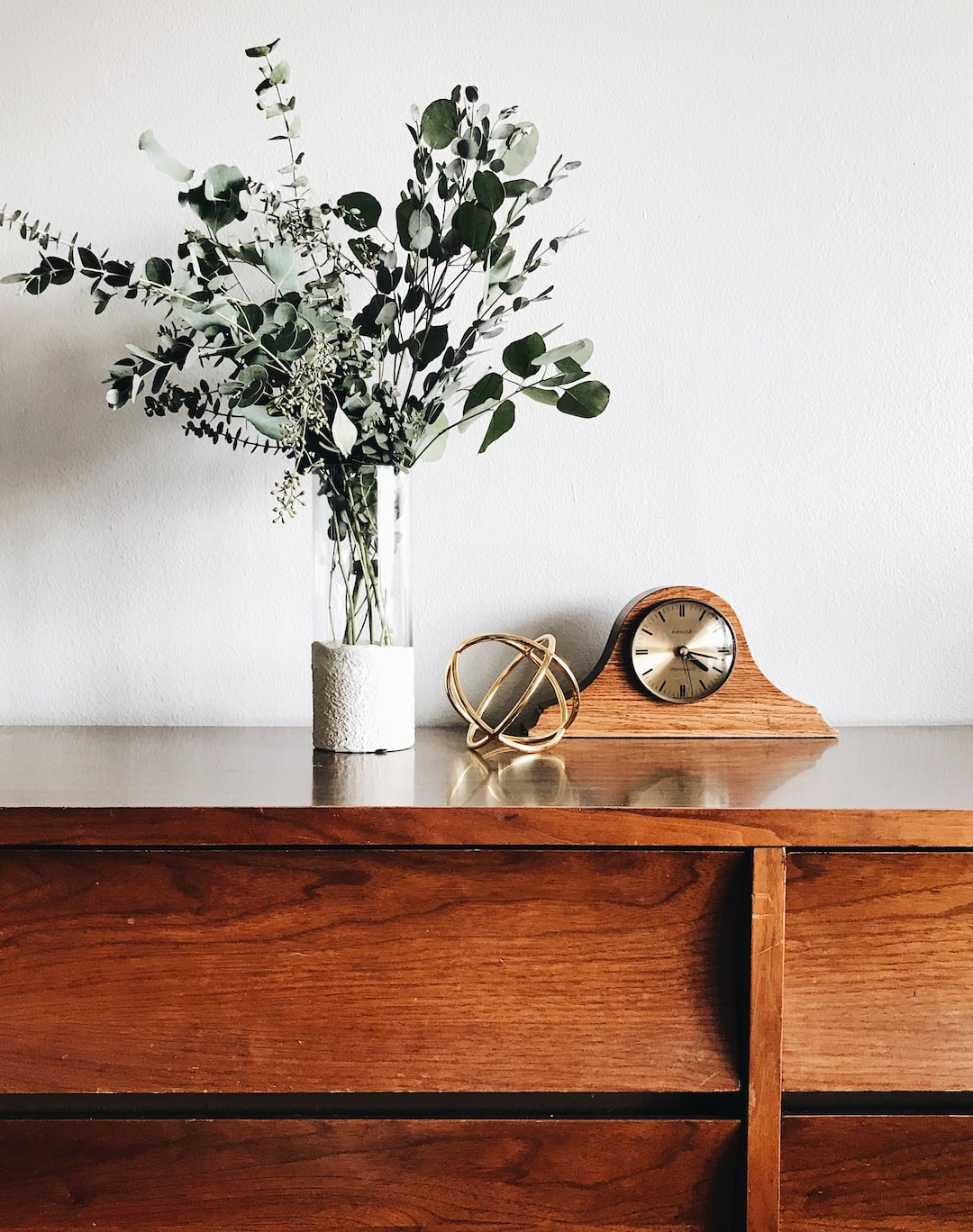An Introduction to Scandinavian Furniture Styles
Scandinavian design has gained immense popularity over the years, captivating millions with its minimalistic and functional approach. It is characterized by clean lines, light colors, and a focus on natural materials, creating a harmonious and timeless aesthetic. In this blog post, we will explore the origins and key elements of Scandinavian furniture styles and discover why they continue to be a beloved choice for both interior designers and homeowners alike.
The origins of Scandinavian design can be traced back to the mid-20th century, when a group of designers from Norway, Sweden, Denmark, Finland, and Iceland came together to promote a new design philosophy. They aimed to create furniture that was accessible, functional, and affordable for the masses while still maintaining a sense of elegance and beauty. This desire for practicality and simplicity became the core philosophy of Scandinavian design, influencing a wide range of furniture styles.
One of the most distinctive features of Scandinavian furniture is its focus on natural materials. Wood is the predominant material of choice, with light-colored varieties such as ash, birch, and pine being particularly popular. These woods are prized for their durability, versatility, and ability to create a warm and inviting atmosphere. Additionally, Scandinavian designers often incorporate other natural materials like leather, wool, and linen, further adding to the sense of comfort and coziness.
Scandinavian furniture is known for its clean lines and uncluttered look. Functionality takes precedence over ornamentation, with a strong emphasis on simple and functional design. This minimalist approach allows for easy integration into a variety of interior styles, making Scandinavian furniture a versatile choice for any home. The absence of excessive detailing and decoration creates a sense of calm and order, promoting a peaceful and serene environment.
Another key element of Scandinavian furniture is its use of light colors. White, off-white, and light shades of gray are commonly used in combination with natural wood tones to create a bright and airy atmosphere. These colors reflect the region’s long winters and limited daylight, and they help to maximize the natural light in a space. The light color palette also enhances the clean and minimalist aesthetic, creating a sense of spaciousness and simplicity.
Scandinavian furniture is designed with functionality in mind. Every piece is intended to serve a purpose, while still being aesthetically pleasing. This emphasis on functionality means that each item is carefully thought out and designed to maximize usability. Storage solutions, such as built-in drawers and shelves, are often integrated into furniture pieces, helping to keep the space organized and clutter-free. The aim is to create a home that is not only beautiful but also practical and easy to live in.
Scandinavian design has made a significant impact on the furniture industry, influencing many iconic pieces that have stood the test of time. Some notable examples include the iconic Egg chair by Arne Jacobsen, the timeless Wishbone chair by Hans Wegner, and the versatile String shelving system by Nils Strinning. These pieces exemplify the principles of Scandinavian design, showcasing simplicity, functionality, and elegance.
In conclusion, Scandinavian furniture styles have proved to be a timeless and beloved choice for those seeking a minimalist and functional aesthetic. The focus on natural materials, clean lines, light colors, and functionality has made Scandinavian design a hallmark of modern interior design. Whether incorporated into a traditional or contemporary setting, Scandinavian furniture adds a touch of elegance and simplicity to any space. It is no wonder that this design style continues to delight and inspire homeowners and designers around the world.

